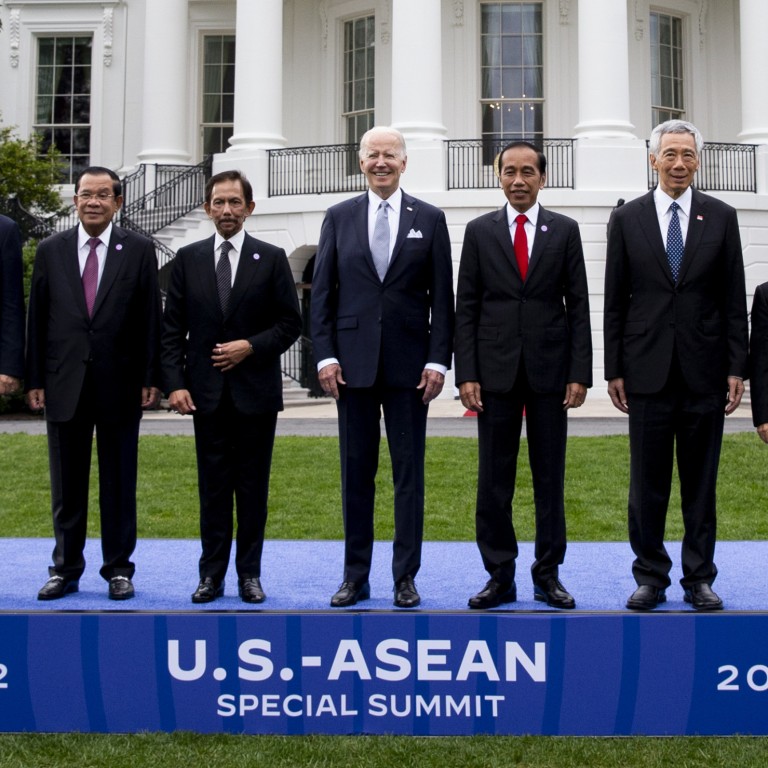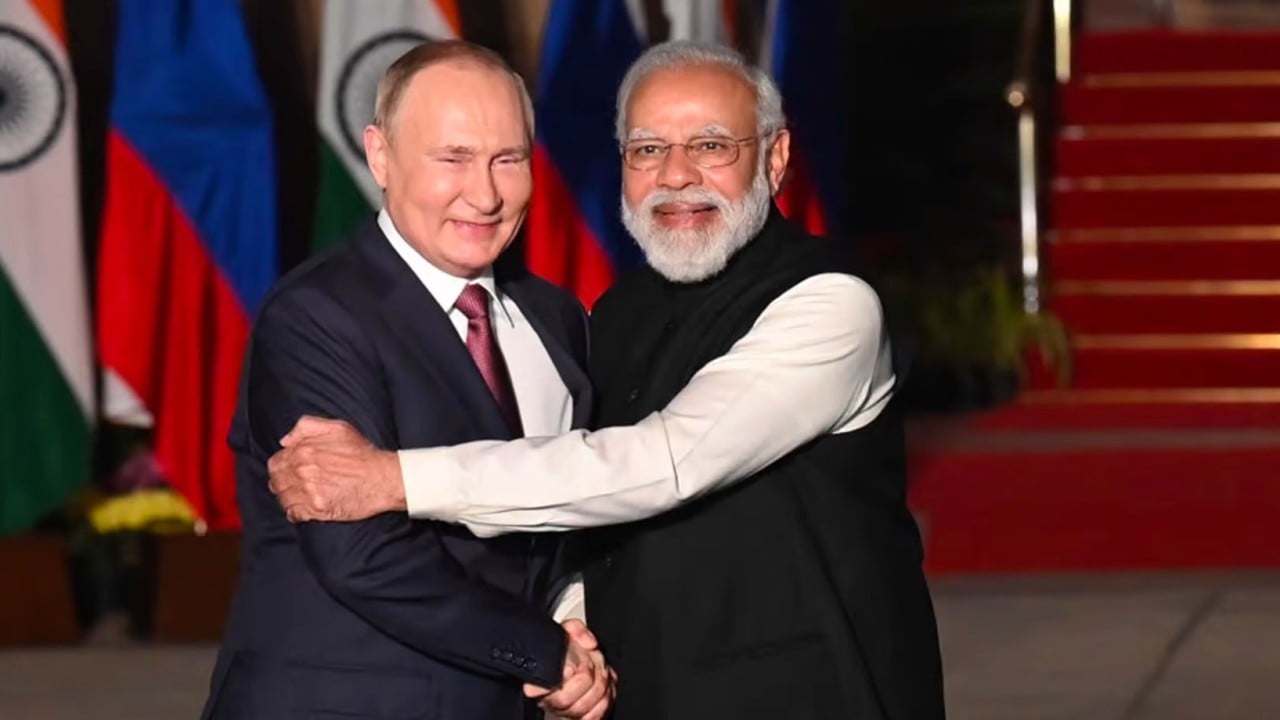
US must accept Southeast Asia wants China to play a central Indo-Pacific role
- Insisting on a ‘with us or against us’ world view will leave Washington out of step with an Indo-Pacific eager for Chinese involvement and cooperation instead of confrontation
Even as Russia wages war against the free world, the United States still sees China as the greatest challenger to its global leadership. Washington is determined to contain this threat at Beijing’s doorstep – that is, in the Indo-Pacific.
But without access to the US market, it is questionable whether Washington has brought enough to the table. Some are doubtful whether the framework will survive the Biden presidency. The overriding concern, however, is the exclusion of China.
What is IPEF, the new US-led economic framework for the Asia-Pacific?
The IPEF is thus set up to “shape the strategic environment around Beijing to advance our vision for an open and inclusive international system”. Washington’s intent, according to Blinken, is not to contain but to out-compete China.
The horrors of war in Vietnam are still fresh in the region’s collective memory. Would Southeast Asia suffer the same fate as Ukraine if the Quad transforms into an Asian Nato?
Similarly, the US is casting the war in Ukraine as a battle between democracies and autocracies. There are complicated forces behind the origins of the conflict, but the simplistic reduction of the tragedy to a clash of good versus evil has left some countries unwilling to side with the West.
The US-China rivalry is shaking up the 21st century balance of power. In Asia, old alliances are reconfiguring into new ones, inducing fresh geopolitical fault lines. Still, in spite of increasing geopolitical frictions, the Indo-Pacific region is also witnessing a geoeconomic convergence.
Could a US-led Quad add up to an Asian Nato against China?
These ideological rivals have chosen to ignore geopolitical differences to pursue common geoeconomic interests. The RCEP is expected to establish new rules for e-commerce, trade and intellectual property that could reshape the global economic order.
The IPEF is Biden’s attempt to stay economically engaged in the region, but it might be too little, too late. The RCEP and CPTPP can draw Indo-Pacific countries towards economic integration. However, Washington’s fixation on the China threat is pushing America in the opposite direction and towards a damaging decoupling from China.
For Asean, a free and open Indo-Pacific must accommodate a rising China. The US must accept this or risk being left behind. Until the US and China learn to coexist, the ongoing reconfiguration of the global balance of power will remain tense and dangerous.
Peter T.C. Chang is deputy director of the Institute of China Studies, University of Malaya, Kuala Lumpur, Malaysia



